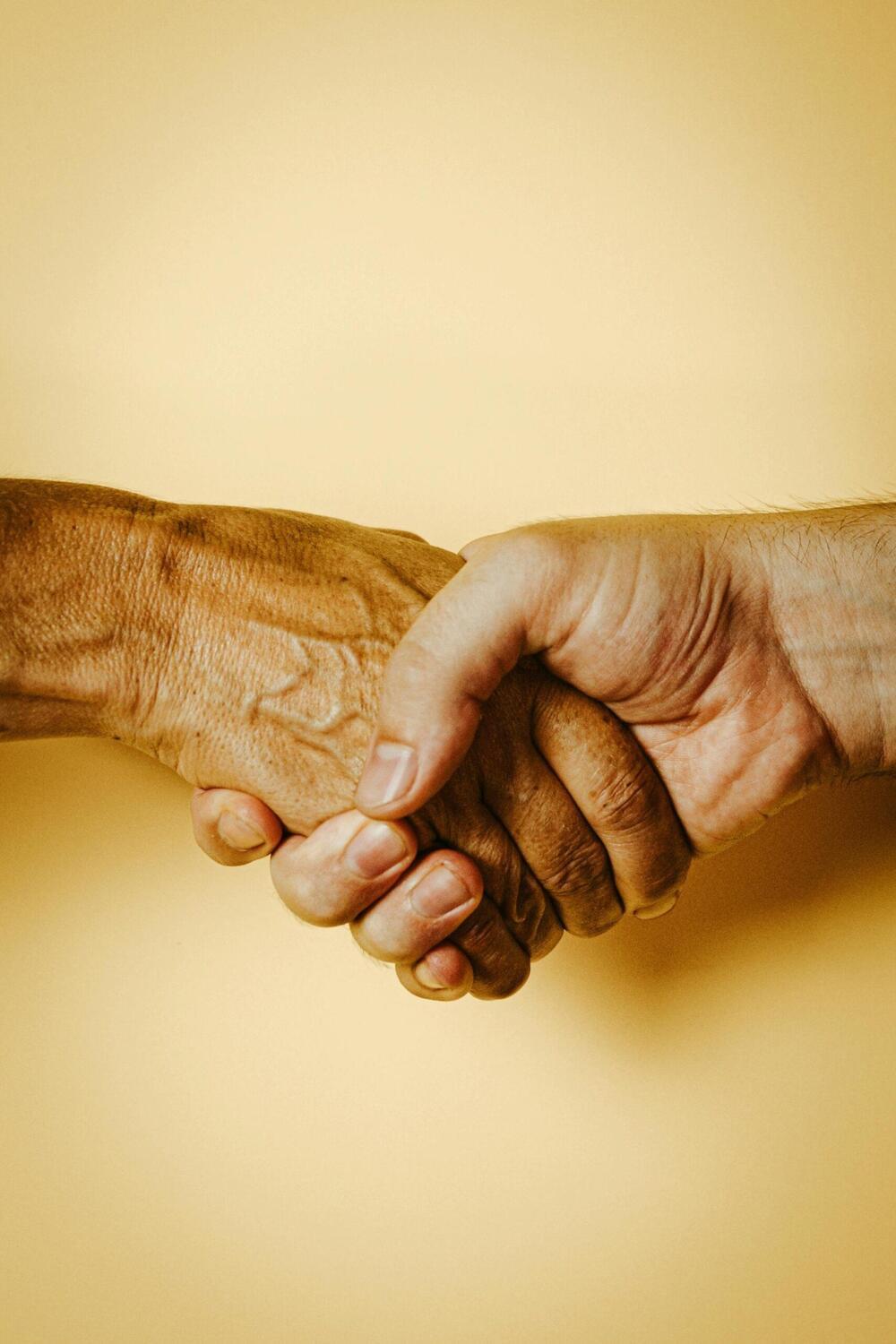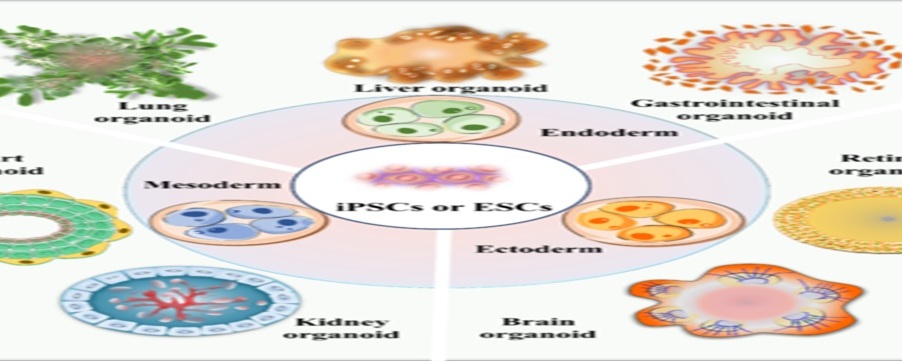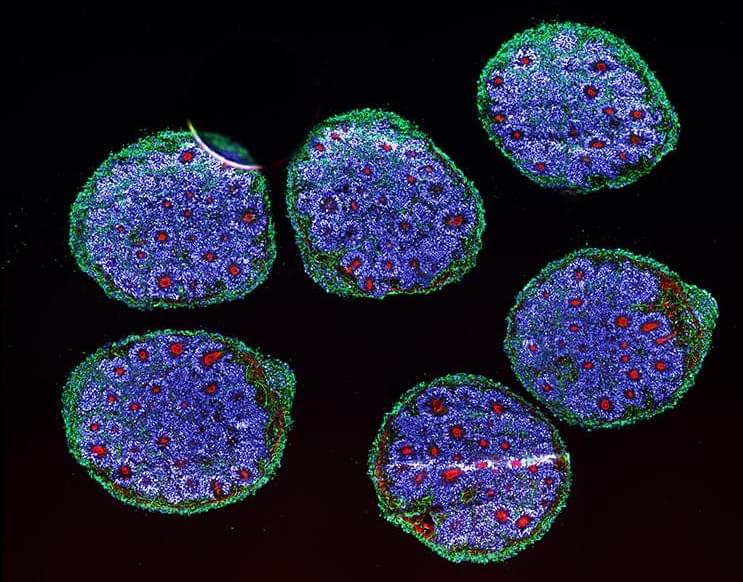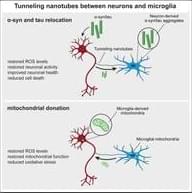Keith Frankish is an Honorary Reader at the University of Sheffield, UK, a Visiting Research Fellow with The Open University, UK, and an Adjunct Professor with the Brain and Mind Programme at the University of Crete. He specializes in philosophy of mind, philosophy of psychology, and philosophy of cognitive science. His books include Illusionism: As a Theory of Consciousness, Consciousness: the Basics, and Consciousness.
/ friction.
/ discord.
/ frictionphilo.
00:00 — Introduction.
01:29 — René Descartes.
08:40 — Illusionism vs. eliminativism.
12:50 — Behaviorism.
15:22 — Perceptions vs. qualia.
17:35 — Color perception.
24:15 — Illusion for whom?
30:39 — Explaining the illusion.
43:44 — Identity theorist response?
50:13 — Diet qualia.
52:06 — Demonstratives and recognitional concepts.
56:53 — Physicalism and illusionism.
1:00:29 — Conceivability and possibility.
1:10:50 — Weakening acquaintance.
1:14:20 — Functionalism.
1:19:17 — Daniel Dennett.
1:23:03 — Mary’s room.
1:29:35 — Conclusion.
Possibilities by Jay Someday / jaysomeday
Creative Commons — Attribution 3.0 Unported — CC BY 3.






